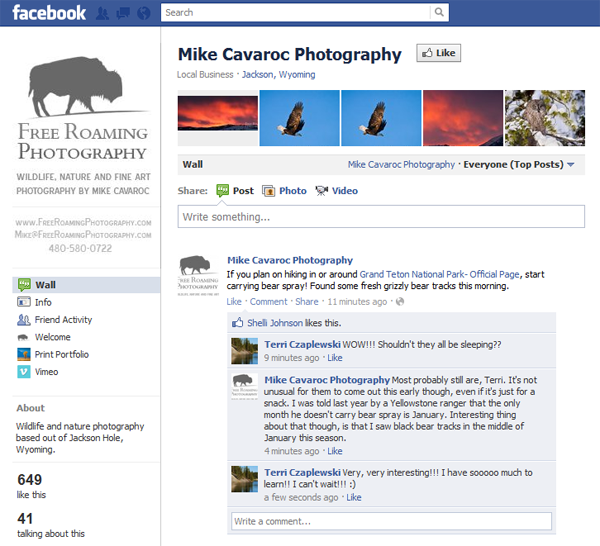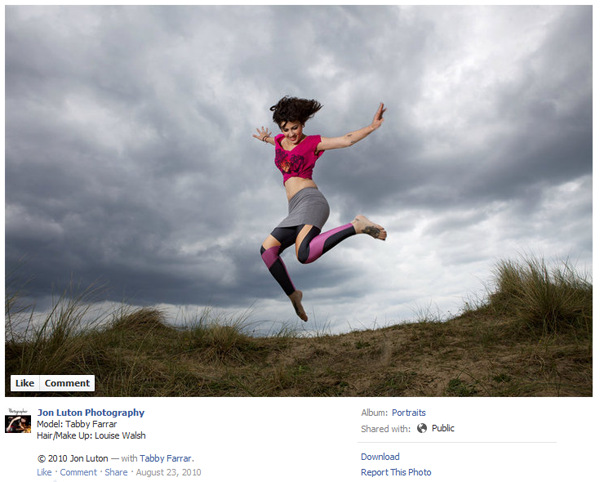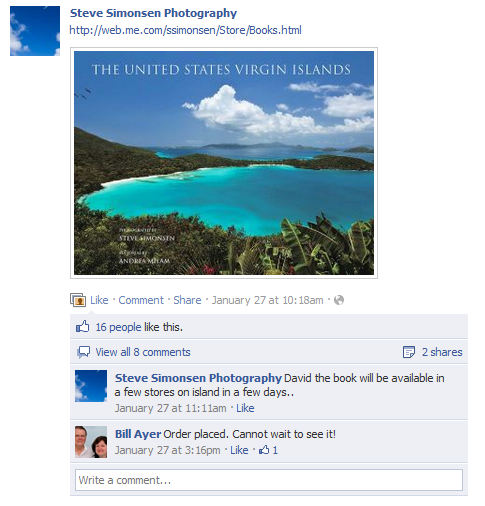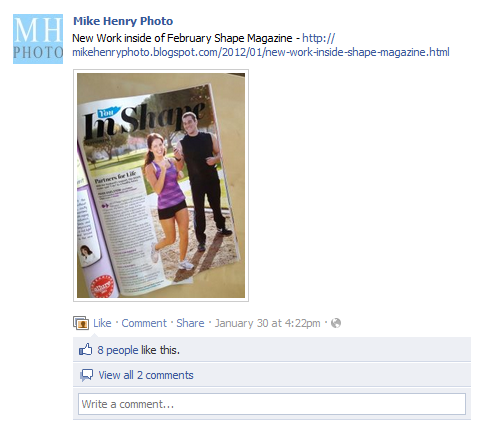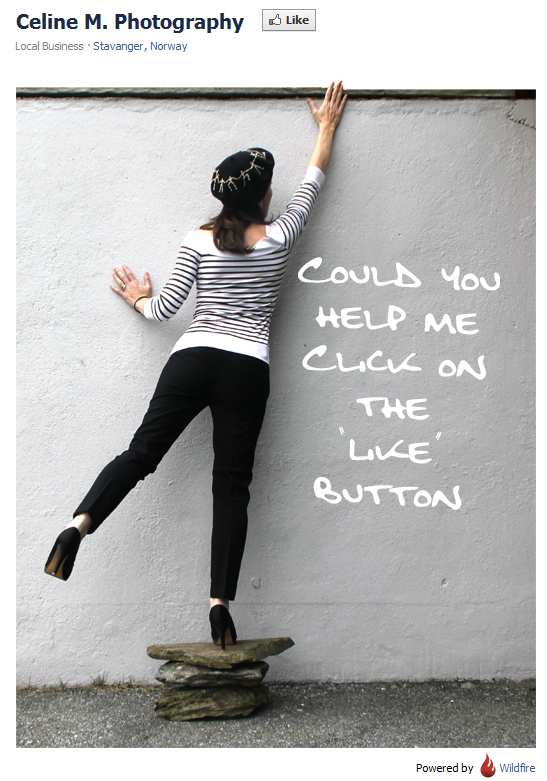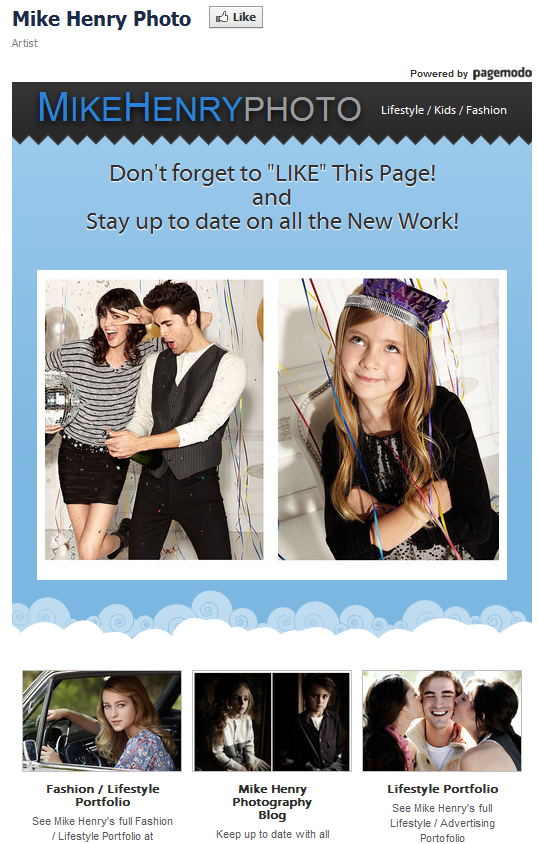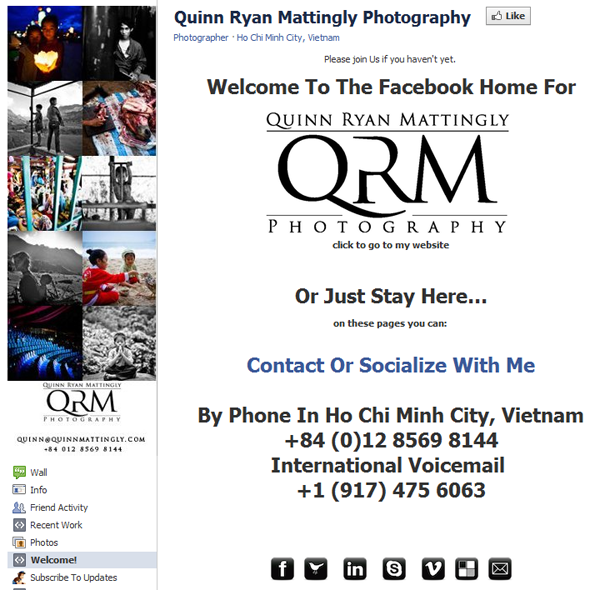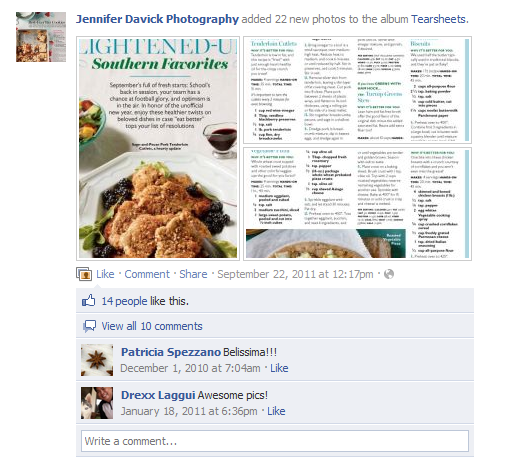Share
Why You Need to Ditch Your Personal Facebook Page
In the 2012 Photographer’s Social Media Handbook, we talk about how finding success in online marketing falls hand in hand with having an influen...
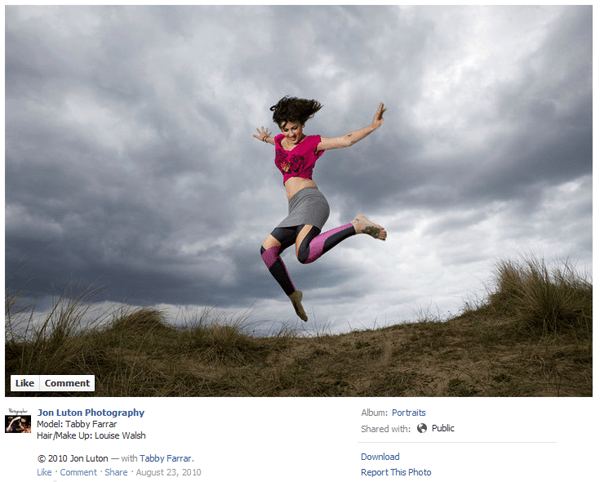
In the 2012 Photographer’s Social Media Handbook, we talk about how finding success in online marketing falls hand in hand with having an influential social media presence. Given its 800+ million users, Facebook is a solid choice for building your social network and using it grow your photography business.
But if you’re still trying to do this with a Facebook “personal page”, then we have to warn you – you’re going nowhere fast. This post is designed to help show you why having a Facebook Page over a personal page is pivotal to building a following and generating business via Facebook. For more information on Facebook, Twitter, LinkedIn, and Google+, check out the free Photographer’s Social Media Handbook.
What is a Facebook Page?
Your friends and family may want to see pictures of your kids posted on Facebook, but unless you’re a portrait photographer, your clients probably don’t. Having a Facebook Page is the best way to separate your personal life and your business.
In the words of Facebook,
“A Facebook Page is a public profile that enables you to share your business and products with Facebook users.”
Facebook also has a good overview and “getting started” guide to creating a Page here.
Why do I need a Page for my photography business?
Beyond just separating business from pleasure, a Page has built-in tools and features that enable you to uniquely interact with your network. Here are a few of the top ways a Page lets you better engage with your followers and customers:
- When someone “likes” your Page, they become part of your network of supporters. When fans interact with your Page by liking your posts, commenting, etc., stories linking to your Page can go to their friends’ News Feeds. Then maybe their friends interact with your Page, “like” you, and ultimately share your stories to a wider and wider audience.
- Non-followers who visit your Page will see a list of their friends who have already liked your Page. This incentivizes them to also become “like” you, thus increasing your following.
- Apps and page customizations let you add things like newsletter sign ups, photo slideshows, like-gates, and more. Check out 5 Pimped-Out Photographer Facebook Pages for some awesome customization ideas.
- You can add multiple administrators to your Page. This is particularly useful if you have a team behind your business, so that your colleagues can edit or post from your Page without accessing your personal Facebook.
- Facebook Insights lets you see which posts are working and which aren’t. Figure out how to make something go viral and gain insight into the demographics of your Page’s followers.
- Only users with a Page can buy and post Facebook Ads.
What can’t I do with just a personal page?
- Connect with clients as a professional business.
- Encourage people to “like” your brand, thereby increasing your following via word-of-mouth.
- Add more than 5,000 followers (the personal “friend” limit).
- Convey to clients and potential buyers that you’re serious about your work and ready to do business.
How are photographers actually utilizing Facebook Pages for their business?
Here at the top 5 ways we found professional photographers are making the most out of their Facebook Pages:
1. Promoting my photography beyond my personal friends.
Wildlife, nature, and fine art photographer Mike Cavaroc says that he created his Page because, in his words, “I was increasingly wanting to share and promote my photography beyond friends and family, without my personal life interfering…having my Page keeps me from potentially alienating my customers and fans, whereas on my personal profile I can still continue to be my goofy, opinionated self.”
Jon Luton – who specializes in music, portrait, and wedding photography – agrees that a Page gives him the ability to find fans outside of his immediate circle of friends. He also uses Facebook’s tagging feature to alert people when he’s posted a photo of them. “I have the ability to tag photos of people and bands that I’ve taken,” he says, “which then brings their friends or fans over to my Page.”
Caribbean photographer Steve Simonsen also uses Facebook to promote his photography, but in unique way that’s fitting for Facebook – he asks his followers to vote on images that he’s considering for photo books or calendars. “It’s great to get everyone involved in the process and such an easy way to reach out there.”
2. Connecting with followers in a professional manner.
Many photographers expressed a deliberate concern for separating their personal and professional lives. Fashion and lifestyle photographer Mike Henry says: “I chose to use a Facebook Page over my personal page because I wanted to make it all about my work and photo business, and keep my personal page, well, personal. No need to tell my fans that I have checked in at the local sushi joint [via FourSquare].”
For example, Mike shares a post about how his photo made it into Shape magazine:
Celine of Celine M. Photography shares a similar sentiment (and might have the cutest like-gate we’ve ever seen). “I wanted to share pictures with the people I photographed, but didn’t necessarily want to friend everyone and share my personal pictures with them. Also I don’t want to bother my friends with all my clients’ pictures!”
Documentary photographer James Morgan, who has over 1,300 fans, puts it pretty simply: “Not everyone i know is interested in photography so it’s good to have a page specifically for people interested in photography!”
3. Using custom apps to gain fans.
One of the most popular apps for Page is the “like-gate”, which is basically a landing page that non-fans see when they come to your Page, and encourages them to like you. (Read a more detailed description here.) You can custom design your like-gate to fit your brand, and many photographers have said that it’s a very effective way to get more fans.
“It’s exciting when I get email notifications that tell me someone new has voluntarily liked my page – it’s just a nice little bonus to my day,” says Mike Henry.
Documentary and editorial photographer Quinn Ryan Mattingly‘s custom Facebook Welcome Page gives his contact information and links to recent work.
If you’re curious about the various custom apps you can use to amp up your Page, definitely check out our free ebook Facebook Fan Pages for Photographers, specifically the section “Creating a Custom App”.
4. Using Facebook to drive traffic to my website.
“30% of my PhotoShelter website‘s traffic comes from Facebook,” says Jon Luton. That’s a huge source of referral traffic to your website, and something that shouldn’t be ignored. John encourages his Fan Page’s visitors to click through to his website by posting images from his galleries, and including a link to the gallery on his website. It’s an easy way to drive traffic to your site and share more of your work.
PhotoShelter’s Google Analytics also shows that the average user gets 7% of its total monthly traffic from Facebook, which is highest among all social media platforms (other top referrers are Twitter and StumbleUpon.)
5. Gaining “Insights” into what interests my target audience.
Facebook Insights is a new addition that literally provides insight into the demographics of the people visiting your Page and how they first came across your content. “Reach” is charted over time, and tells you how many people viewed any given post. There’s also “Talking About This”, which tells you how many people liked, commented, or shared your post. All these elements go into calculating the “Virality” of your post, i.e. the percentage of people who engaged with your content over the total number of viewers.
Photographers can use Insights to better determine what content has potential to be viral among their fans. Mike Covaroc says that Insights have encouraged him to try different kinds of posts to see what people respond to and then share more of that material. Jon Luton agrees, saying, “I can analyze the effectiveness of different types of posts, whether it’s posting a photo, sharing a link, or just putting up a comment, and see how people respond.”
Paul Petch, who operates Outdoor Stock Photography in New Zealand, has been working on ideas to increase the sharing of content since he started his Facebook Page a few months ago. And Jennifer Davick likes to see how many people she can reach with her posts.
Takeaway
As with any marketing tool, you have to find the strategies that work for you and your business. If you find that Facebook is a valuable tool for growing your business, however, remember that you need a Page in order to put your best foot forward.
For more on Facebook and other social media platforms, download the free Photographer’s Social Media Handbook.


